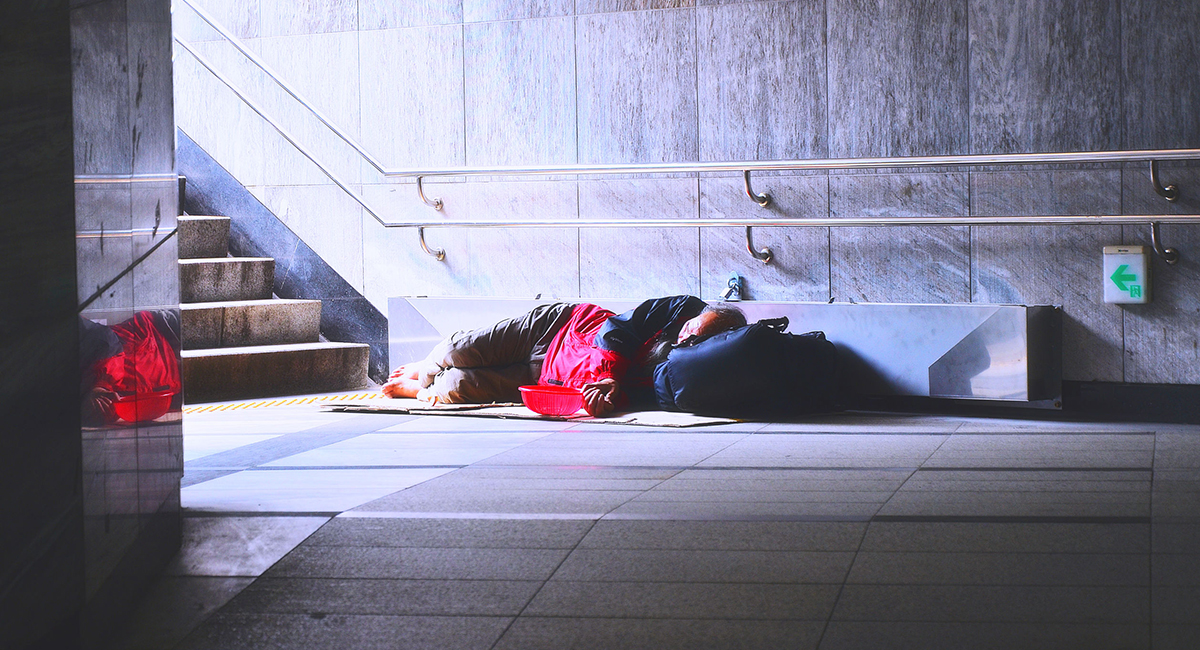Proposition 1, the sole statewide ballot measure facing California voters on March 5, aims to improve access to behavioral health services. It is just one part of what will need to be a multifaceted approach to homelessness. The seriously mentally ill are only a portion of the homeless in California, but solutions for this hardest-to-help group are unique.
The proposition would amend the Mental Health Services Act—a 20-year-old law fraught with mission creep—and authorize a $6.4 billion state bond, two-thirds of which would build treatment and residential facilities, which are essential to moving people with serious mental illness off the streets into appropriate care.
Those are vital steps to overhaul the state’s mental health system and ought to be applauded. But expectations for success should be well-tempered.
Proposition 1 emphasizes money for housing. Here, however, skepticism is warranted. Taxpayer money has been thrown at housing initiatives for decades with little to show for it. For one thing, building quickly in California is impossible with such burdensome regulations. In 2018, a bond measure funded $2 billion for 20,000 supportive housing units. Fewer than 2,000 have been built.
For another, the prevailing approach to addressing homelessness, Housing First—providing housing and services with no requirement that the services be used—has not proved viable. Recipients of those housing benefits need not adhere to treatment plans or remain sober, removing any incentive to change behaviors that often lead to homelessness in the first place. The result: individuals still die, just not on the street.
Commendably, Proposition 1 allows funds to be spent on secure facilities that by definition serve the most seriously mentally ill—those who are gravely disabled or a danger to themselves or others. This can mean, for example, a community’s general hospital psych ward treating a patient on suicide watch, or a psychiatric hospital specializing in addiction treatment that can’t safely be provided in an outpatient capacity.
Requiring that the money go to programs or facilities with participant accountability would be a feature, not a bug of the proposition or any behavioral health system. Prescribed supervision is a common attribute of programs that successfully serve the seriously mentally ill, like assisted outpatient treatment and conservatorship.
Locked facilities inevitably concern disability-rights advocates, and we all should be alert to abuses of civil liberties wherever they occur. However, patient-centered care will not always be voluntary. A voluntary approach alone, like Housing First, has institutionalized people in nontherapeutic settings: jails, prisons, taxpayer-provided housing, and the streets, where they are left to die with their rights on.
While Gov. Gavin Newsom has not said how much money would go to secure facilities—possibly avoiding what he might perceive to be politically unpopular—he has acknowledged their importance in remarks on the failures of deinstitutionalization. Inpatient psychiatric beds and residential treatment facilities are necessary aspects of a full continuum of care without which patients get inadequate treatment or none, and end up back on the streets.“Proposition 1 would ideally help break the ‘human logjam,’ in which some of the most vulnerable are either abandoned or subjected to repeated, ineffectual, short-term coercive interventions,” says Alex Barnard, a sociology professor at New York University and an expert on conservatorship in California. “There’s no space in highly structured, longer-term treatment. Those facilities are currently full of people stuck inappropriately in an overly restrictive setting while waiting for an appropriate step-down.” But building infrastructure is not enough. Effective psychiatric treatment requires sufficient doctors, nurses, equipment, and supplies. The most efficient use of funds from the Mental Health Services Act would be on things directly related to providing needed treatment.
Proposition 1 leaves much to be desired, but more so does the status quo. Voters will likely pass the proposition, but politically difficult action will still be needed to finally get the right beds up and running. Many challenges would remain.








